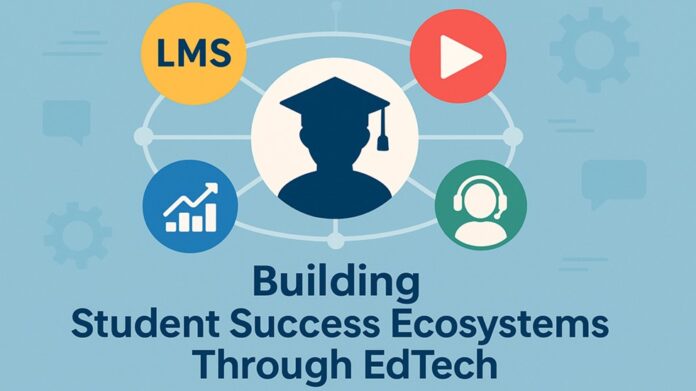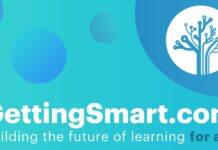Universities and colleges are rapidly shifting from fragmented technology solutions to unified “student success ecosystems” – integrated platforms that connect learning management systems (LMS), video resources, data analytics, and student support services. This trend is driven by evolving student expectations, particularly among the growing cohort of international learners from countries like India, who demand flexible, hybrid learning experiences and clear pathways to employment.
The Shift Towards Integration
The traditional model of standalone EdTech tools is giving way to a more cohesive approach. Institutions are realizing that simply adopting multiple apps does not guarantee student success. Instead, they are prioritizing streamlined, interconnected systems that provide a seamless learning journey. This includes standardizing on a single LMS and deeply integrating video platforms to improve accessibility and engagement.
India’s Learners: A Key Driver of Change
India remains a dominant source of international students, with over 1.3 million studying abroad (and potentially 1.8 million, depending on reporting metrics). As destinations diversify beyond traditional markets (like the US, UK, Canada, and Australia) to include European and emerging locations, universities face increased pressure to offer flexible, skills-focused learning with transparent employability links.
For institutions targeting Indian talent, ecosystems are no longer optional: consistent course delivery, reliable video access across time zones, and transparent progress tracking are essential. Students need tools that accommodate work, family commitments, and visa timelines.
Data-Driven Support: The Power of Learning Analytics
Colleges are increasingly leveraging learning data to identify struggling students, personalize support, and improve course design. Studies show that better data utilization leads to earlier interventions, stronger retention rates, and improved student outcomes. The key is not just collecting data but acting on it through mentoring, course adjustments, and ongoing review.
Student Expectations: Hybrid, Video, and Support
Students don’t experience technology as isolated systems; they expect a unified learning journey. Hybrid delivery and on-demand video access are now baseline expectations, particularly for working students, caregivers, and international learners navigating time zones and part-time work.
The most effective institutions standardize on a core LMS, integrate video deeply, and use learning analytics to close performance gaps. This approach builds true student success ecosystems.
Building an Effective Ecosystem: A Practical Sequence
Sector guidance points to a clear process:
- Define Outcomes: Prioritize metrics such as completion rates, equity, and early-course engagement.
- Audit Existing Tools: Assess current usage and identify redundancies.
- Standardize Core Tools: Adopt a single LMS and integrated video platform to maximize adoption and data integrity.
- Cross-Team Action Group: Create a small team to analyze data, implement interventions (nudges, tutoring, course revisions), and track results.
- Continuous Review: Drop low-impact tools and focus on scaling what works.
The Road Ahead: Ecosystems as Competitive Advantage
As student mobility shifts and universities compete on value, the full ecosystem matters more than any single app. The goal isn’t to chase the latest tools but to make learning reliable, accessible, and well-supported from first login to first job.
The signals are clear: students demand hybrid options, prefer video-based learning, and expect data-guided support. Institutions that align around these expectations will be best positioned to serve the next generation of global learners

































































